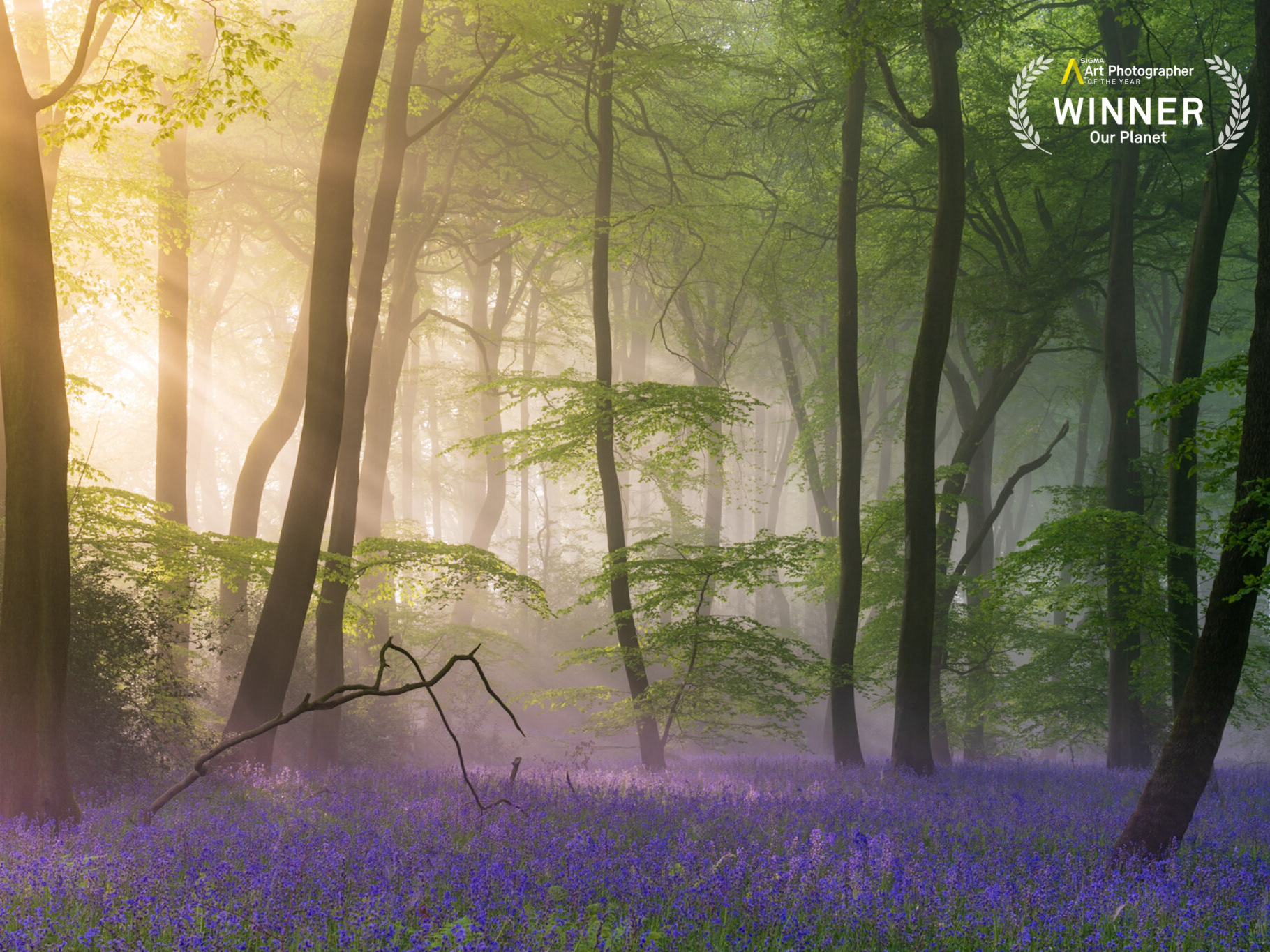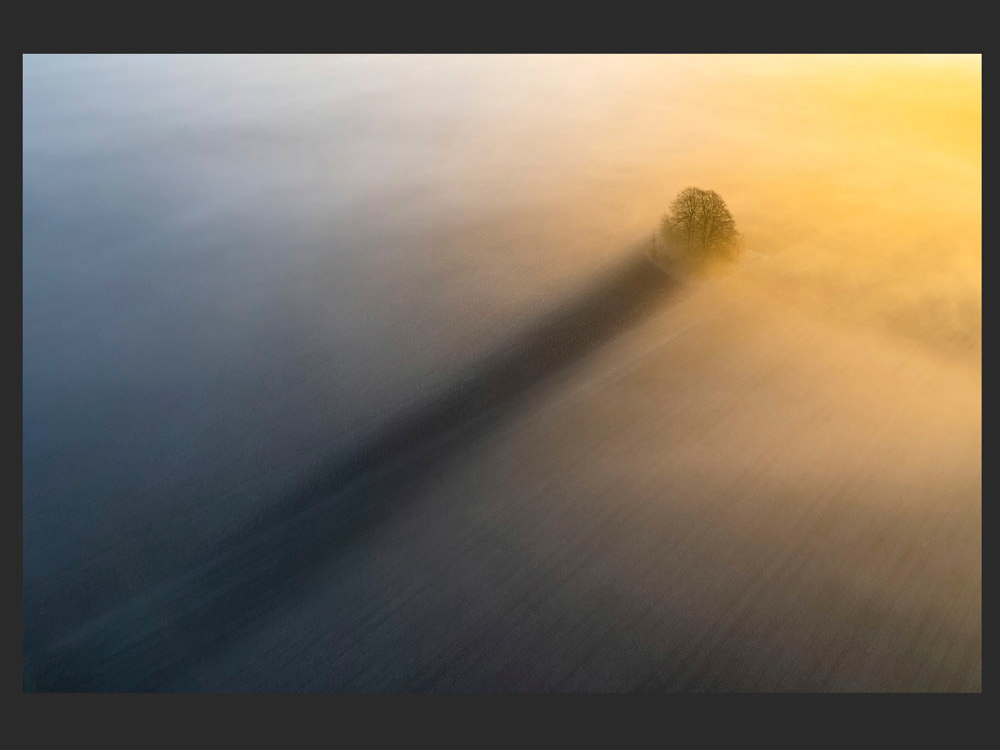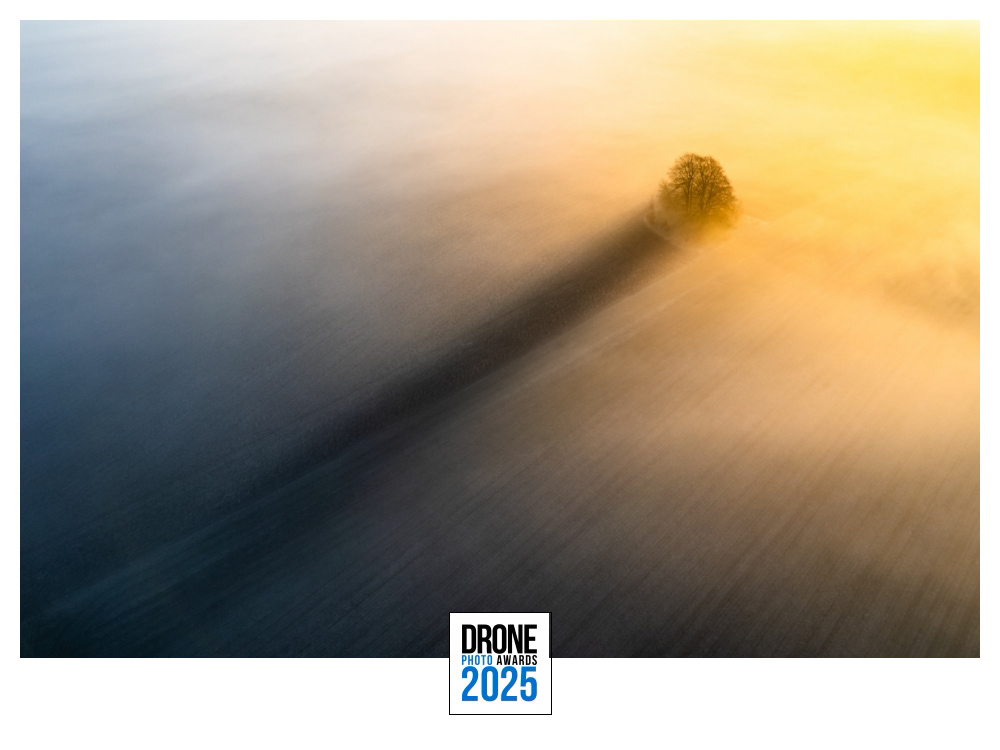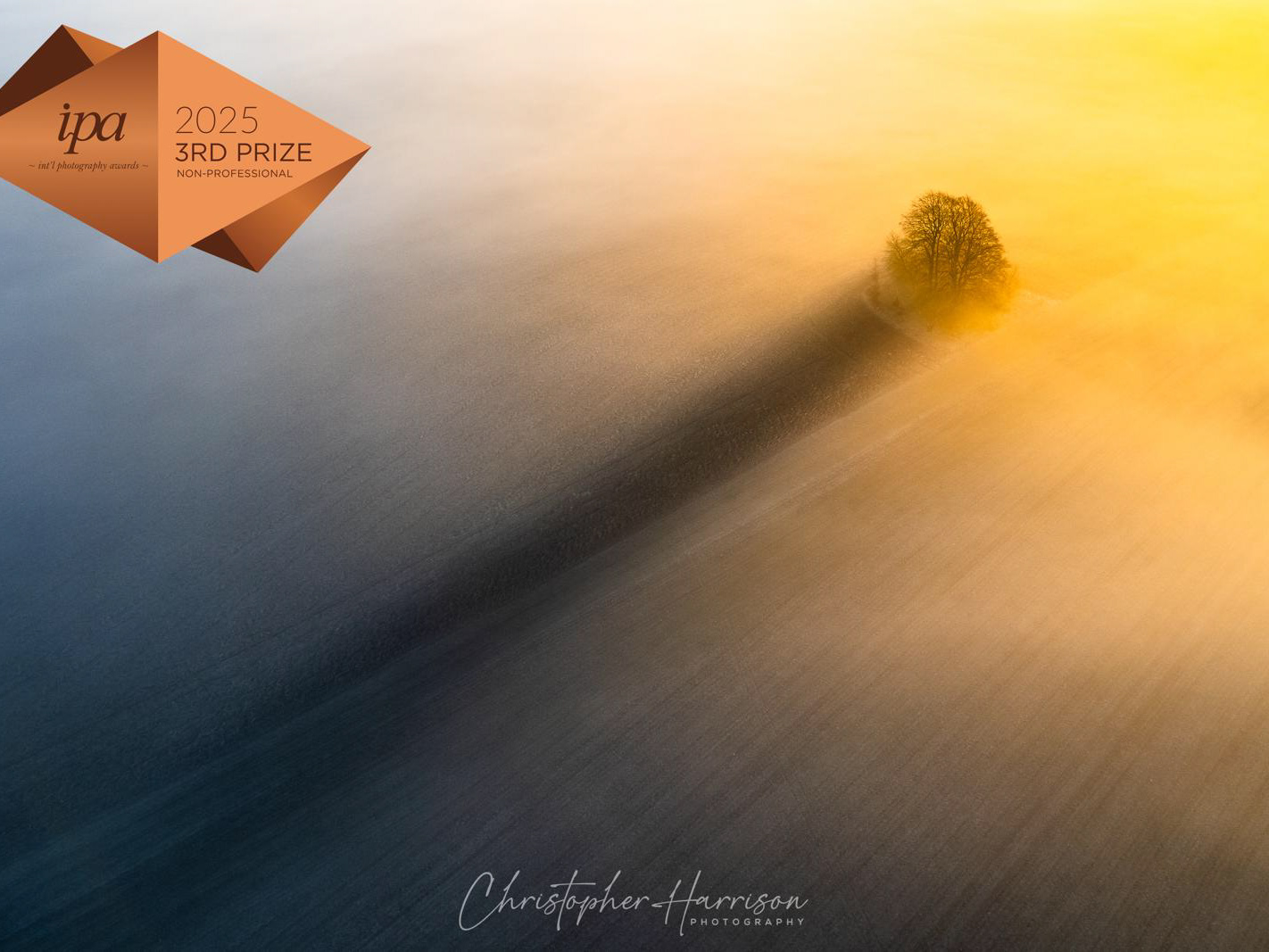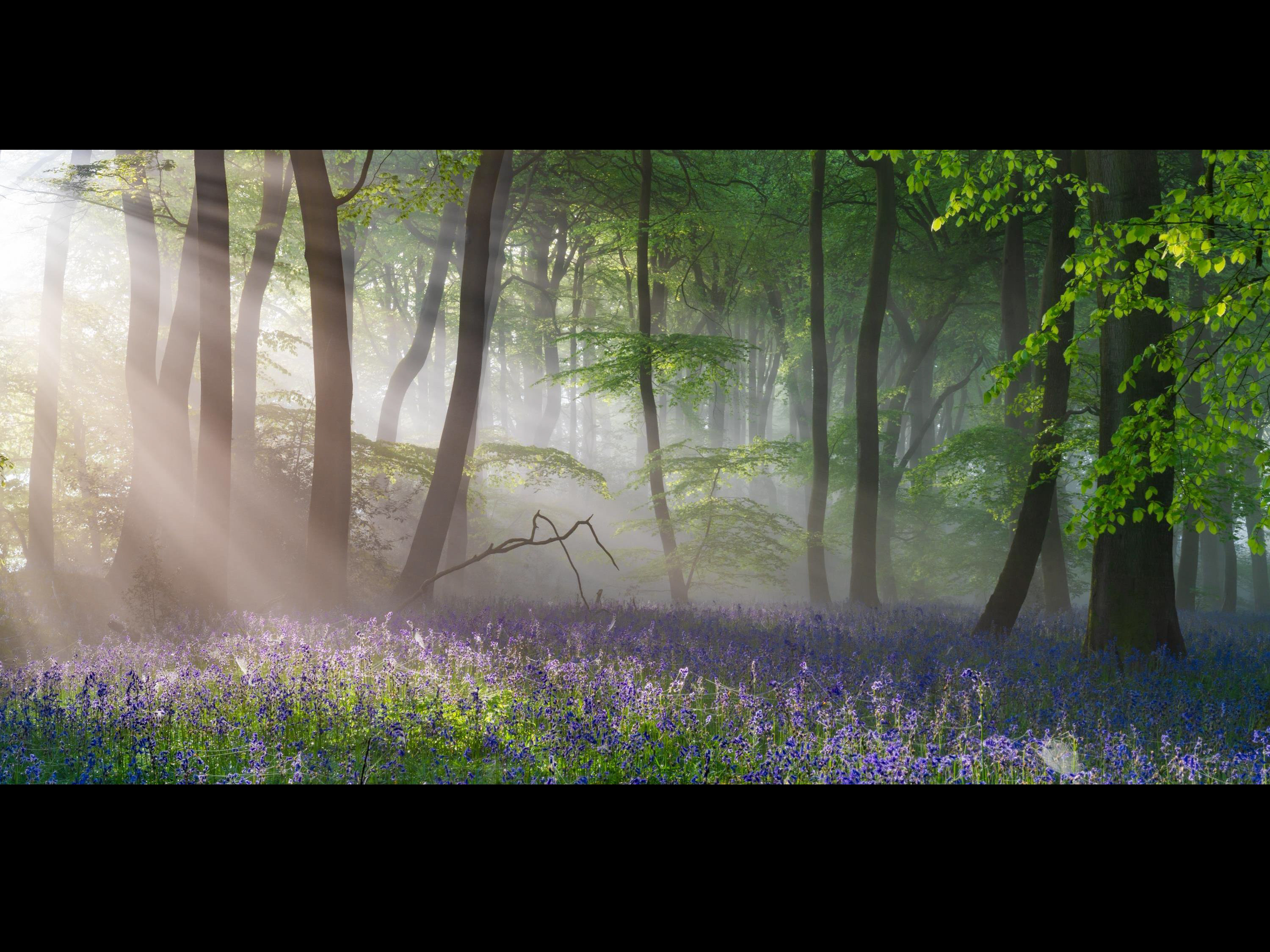Autumn is a time when the woods are in flux - transitioning from their summer growth into winter hibernation. Each day brings a new layer of colour, texture, and mystery, and perhaps nowhere is that more visible than on the forest floor. Over just a few weeks, mushrooms and fungi appear as if from nowhere, transforming familiar woodlands into an abundance of tiny, otherworldly landscapes (if you look closely enough).
To capture this autumn transition and the arrival of fungi, Sigma loaned me the 105mm F2.8 DG DN Macro Art lens. I paired it with my Sony A7R IV, a combination that felt like a powerhouse for exploring these intimate autumn scenes. The 61-megapixel sensor revealed an astonishing level of detail, while the 105mm focal length gave me enough working distance & magnification to capture fungi without disturbing their delicate environment.
What struck me most was how immersive this lens made the experience; it was almost like having a microscope - going far beyond what your eye can see. Looking through the viewfinder, a single tiny mushroom becomes a vast structure; a drop of dew turns into a crystal sphere reflecting the forest canopy above.
These mushrooms I am sharing were very, very small. Often only a few millimetres in diameter or height. However, using this lens results in them filling the frame, becoming a true subject in their own right, and not just a tiny organism that rarely receives appreciation.
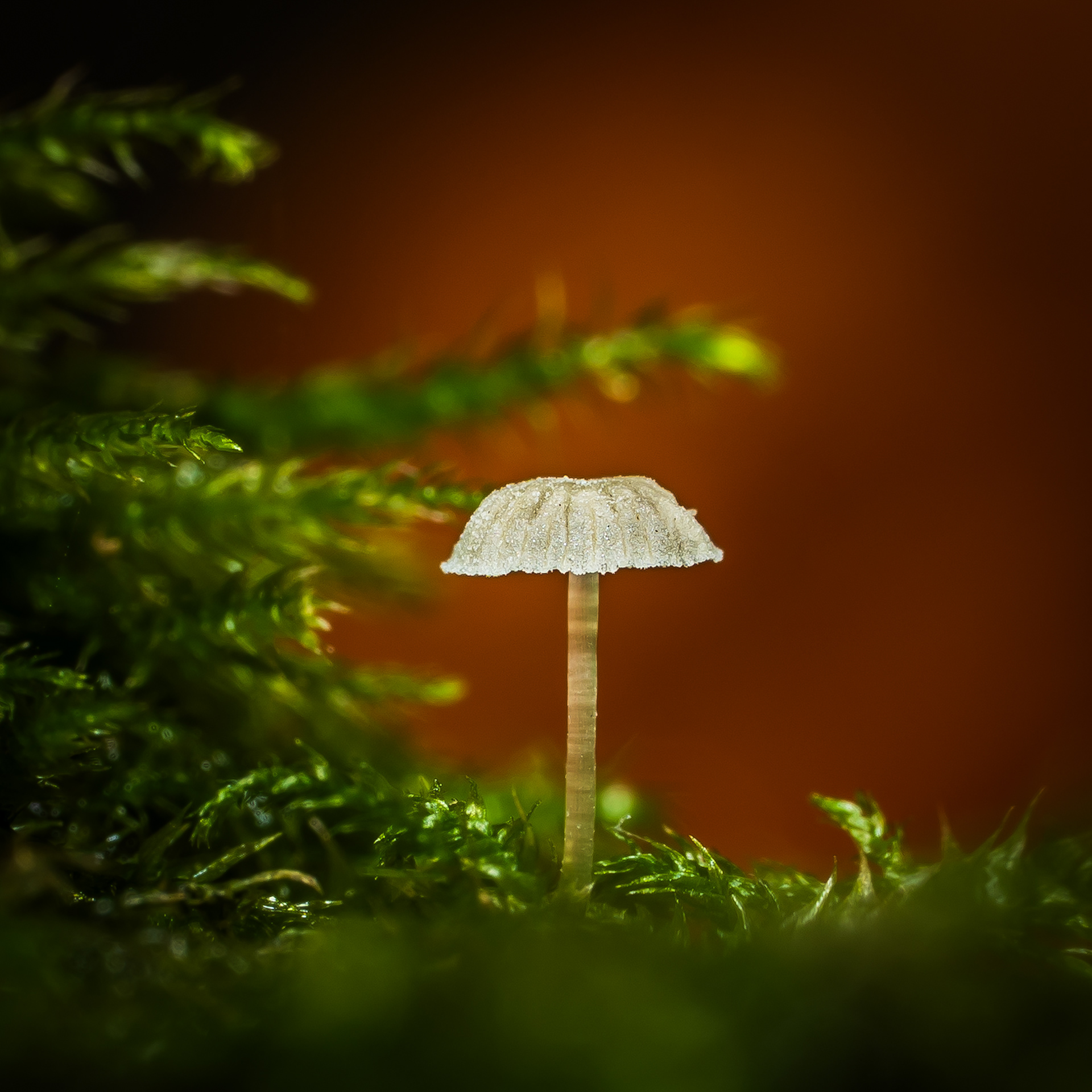
A tiny mushroom grows within moss, with fine mist in frame lit up by light. Spider webs glisten in the light, like string tying the mushroom down. Captured on the Sigma 105mm Macro Art Lens.
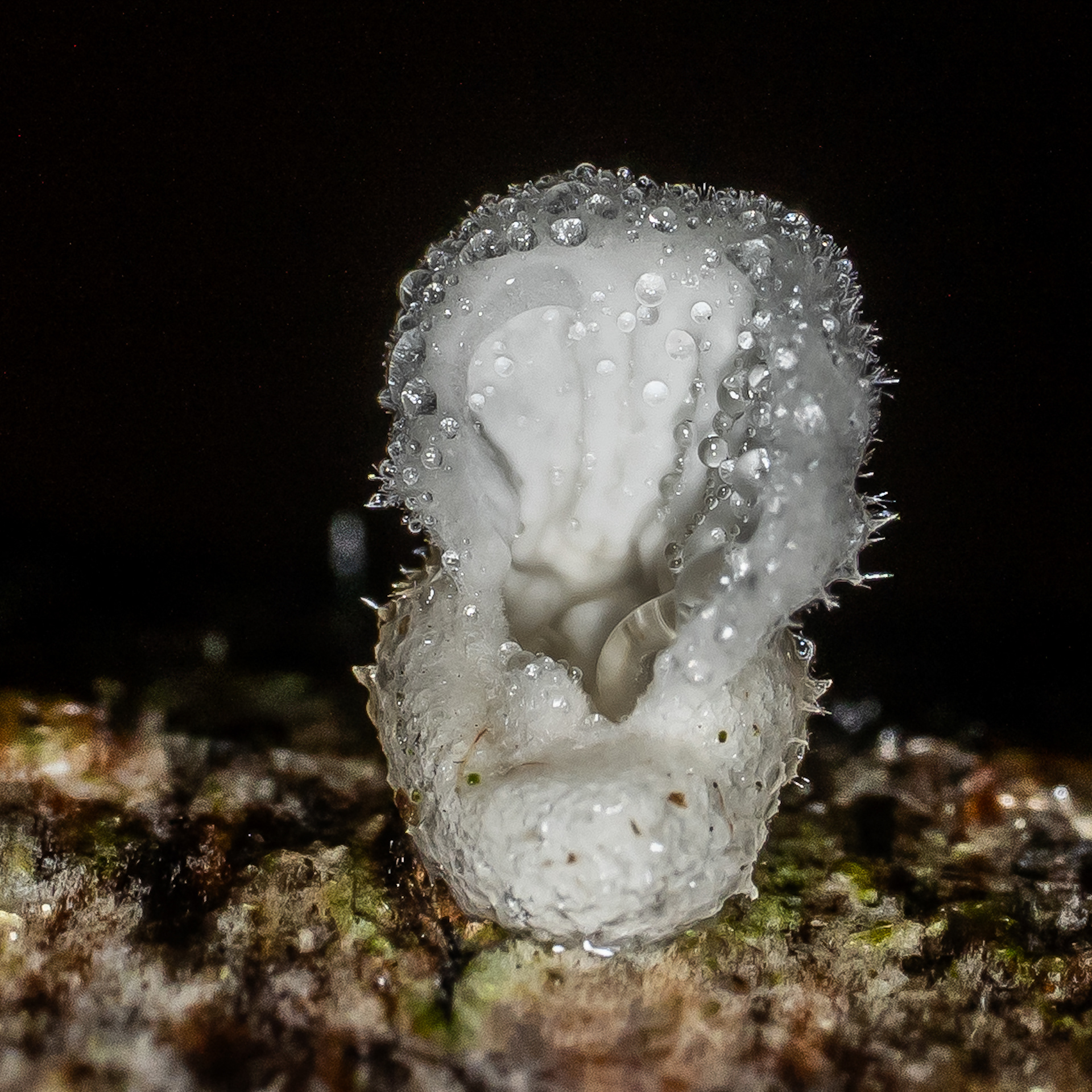
A tiny mushroom grows on a falen trunk, covered in tiny dew drops. Captured on the Sigma 105mm Macro Art Lens.
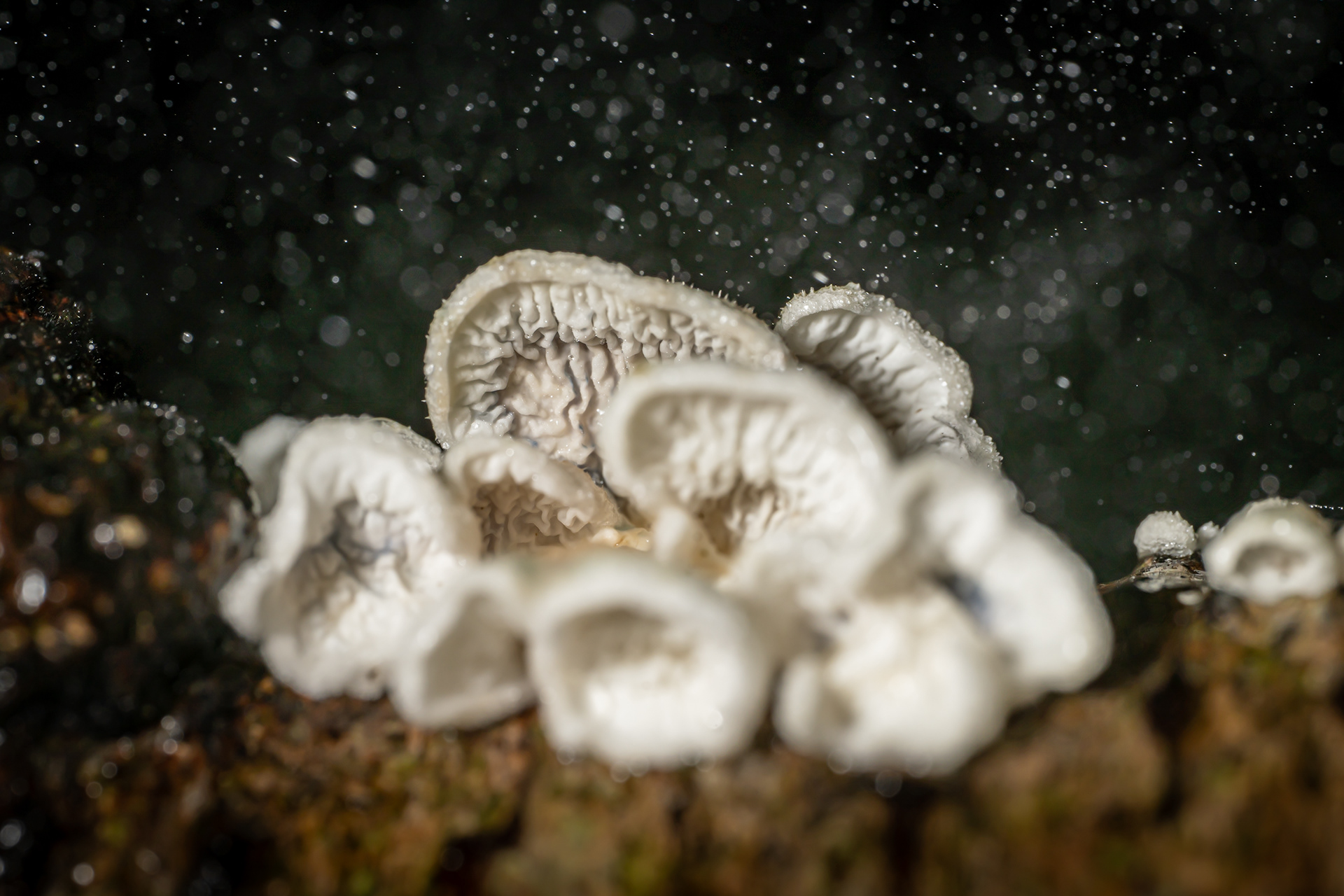
A tiny mushroom grows on a fallen branch, shaped like tiny ears. Mist shines in the air, lit up by the light. Captured on the Sigma 105mm Macro Art Lens.
I definitely do have to mention some of the challenges I faced whilst using this lens:
- I usually shoot with zoom lenses and a tripod. Having a prime lens at a relatively long focal length does add a layer of complexity. Framing and composing photographs is tricky at this focal length, particularly when operating at such a high level of magnification. This lens definitely rewards taking an extra moment with composition.
- My camera doesn't have built-in focus stacking. This means I tried everything I could to get what I needed from one frame. This included using a flash and a higher aperture. All of the photographs shared here are a single frame.
- Focussing. It's challenging. Particularly in low light under woodland canopies in dark grey weather. Sony & Sigma lenses are known for their excellent AF (auto-focus). However, there were occasions where the setup struggled with precision. When this happened, I would switch to manual focus, which this lens is clearly designed for - given the huge focus ring!
To bring a little bit 'extra' into these frames, I used a Godox off-camera flash and a simple water spray bottle. The flash allowed me to sculpt the light exactly how I wanted (particularly useful in the grey British weather!), while the fine mist created atmosphere and scale, a sense of a hidden world glistening under its own tiny weather system.
Fungi are the quiet engines of the woodland, turning what falls back into what grows. Beneath our boots a web of mycelium threads through the soil, breaking down leaves and dead wood, releasing nutrients the trees can draw on when the light returns. Many species form partnerships with roots, trading minerals and water for sugars, helping trees weather droughts and storms. What we notice, those caps and stems, are just brief signals from a vast, hidden network at work all year. Without that steady recycling, the forest would stall; with it, the next cycle begins.
This project helped me uncover another side of photography in autumn. Whilst it is mainly known for the broader woodland golden colours, the Sigma 105mm Art lens slowed me down and encouraged me to look at the smaller details. To study one area and search a little deeper. Turning over that leaf or looking under a fallen branch.
The Sigma 105mm Art lens helped me capture what I uncovered. It is built with intention - it is sharp, beautifully balanced, and with a rendering that feels natural yet refined. But more than that, it encourages curiosity. It slows you down, invites you to look closer, and rewards patience with detail you can’t see with the naked eye. Is it challenging to use at first? Yes. Does it push your technique? Yes. Does it reward persistence? Yes.
I thoroughly enjoyed using this lens for the time I had it. I captured some scenes I am really proud of, scenes that otherwise would have been out of reach.

